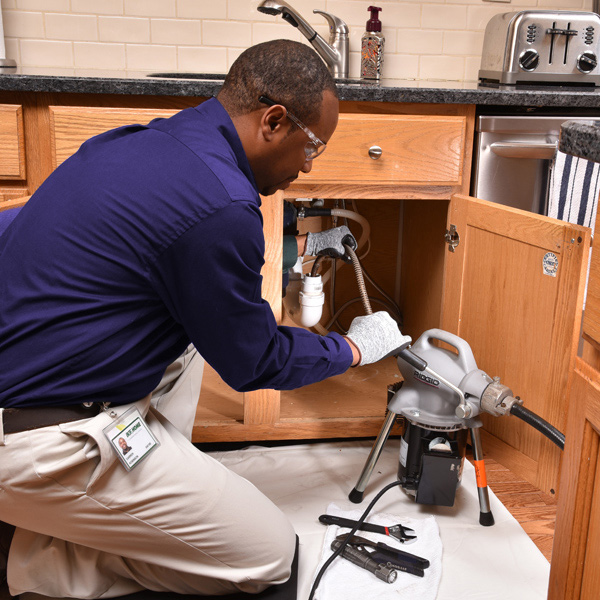Ahlian Jian Insights
Exploring the latest trends and news in various fields.
Plumbing Nightmares: How to Avoid a Watershed Moment
Discover shocking plumbing fails and expert tips to prevent a disaster in your home. Don't wait for a watershed moment—read more now!
Top 5 Common Plumbing Mistakes That Lead to Costly Disasters
When it comes to home maintenance, plumbing is often an area that gets overlooked until a disaster strikes. One of the common plumbing mistakes homeowners make is ignoring minor leaks. These small leaks can lead to significant water damage over time, resulting in costly repairs. Additionally, neglecting to regularly inspect and maintain your plumbing system may lead to clogs. Not only do clogs cause inconvenience, but they can also result in serious backups that necessitate professional intervention.
Another frequent error is using the wrong tools for DIY plumbing projects. For example, using duct tape or improper sealants in an attempt to fix a leaky pipe can lead to even bigger issues. Homeowners should also be cautious with the use of chemical drain cleaners, which can damage pipes and worsen the problem. By educating yourself on the top plumbing mistakes and understanding the importance of hiring a qualified plumber for complex issues, you can save both time and money in the long run.

How to Identify Early Signs of Plumbing Issues Before It's Too Late
Identifying early signs of plumbing issues can save you from costly repairs and extensive water damage. Be on the lookout for unusual sounds, such as gurgling or whistling from pipes, which may indicate a buildup of pressure or a blockage. Additionally, a sudden spike in your water bill is often a warning sign of potential leaks. If you notice water stains on walls or ceilings, this could signify hidden plumbing problems that need immediate attention.
Another critical aspect is to keep an eye on your drainage systems. Slow drains are often a precursor to clogs and can escalate into more severe issues. You should also be vigilant for foul odors emanating from drains, which may suggest sewage backups or pipe deterioration. By recognizing these early symptoms, you can address plumbing issues promptly, preventing them from transforming into emergencies.
What Should You Do When a Plumbing Emergency Strikes?
When a plumbing emergency strikes, the first step is to identify the problem. Is there a burst pipe, a clogged drain, or an overflowing toilet? Quickly assessing the situation can help you determine the urgency and the necessary actions to take. If the issue is severe, such as a major leak or flooding, it’s critical to shut off the water supply to prevent further damage. You can usually find the main shut-off valve near your water meter. Additionally, you should turn off any electrical appliances near the affected area to safeguard against potential hazards.
Once you have contained the situation, your next steps should focus on mitigating the damage. If it’s safe, try to remove any valuables or furniture that may be affected by water. Calling a professional plumber is advisable, as they can accurately diagnose the issue and provide lasting solutions. While waiting for assistance, you can also take measures like using buckets or towels to catch water from leaks. Remember, a quick response can help minimize the impact of a plumbing emergency, keeping your home safe and secure.